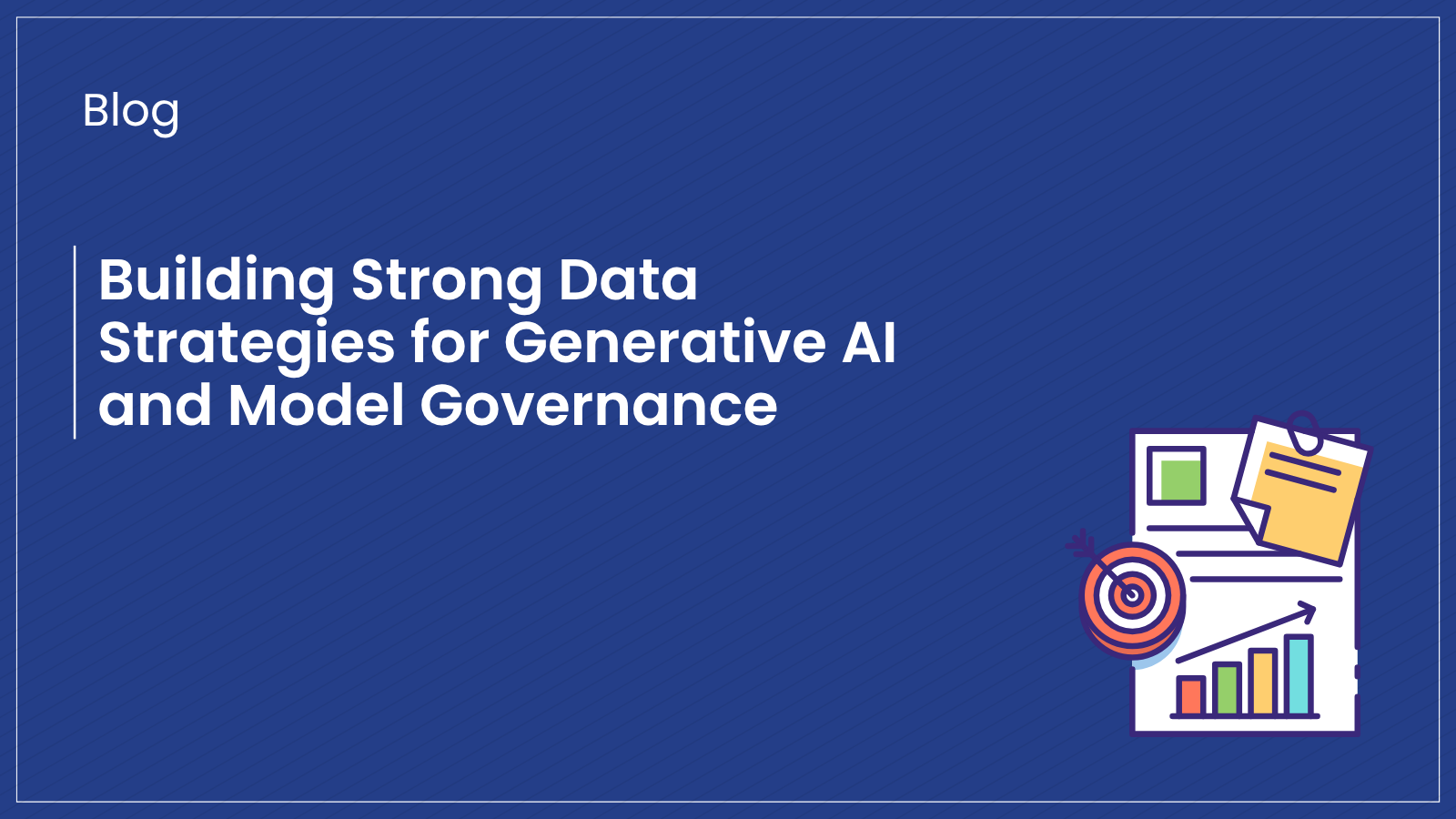Introduction
The Hong Kong Monetary Authority (HKMA) has recently issued comprehensive guidance on designing, implementing, and optimizing transaction monitoring systems within the context of anti-money laundering and counter-financing of terrorism (AML/CFT). This document serves as a strategic blueprint for integrating automation and machine learning (ML) throughout the transaction monitoring (TMS) process.
Key Highlights
- Management Oversight and Governance: Management oversight, ongoing monitoring KPI’s and governance are crucial to ensuring that an FI’s TM system is adequately designed and implemented, and functions effectively to detect ML/TF risks which may arise from the AI’s product and service offerings and customer base.
- Risk Coverage Assessment: AIs need to assess the risk coverage of their TM systems, considering different business lines, emerging threats, and new products/services.
- Identification of Critical Data Elements: The need to identify and integrate critical data elements from various systems to ensure proper functioning of TM systems.
- Data Quality and Lineage Testing: The importance of regular data quality and lineage testing to ensure the accuracy and completeness of data used in TM systems.
- Customer Segmentation: Effective customer segmentation by a varied factors like demographics and behavioral is crucial for targeted monitoring and reducing false positives.
- Threshold Setting and Tuning: A risk-based approach is recommended for setting and calibration of threshold, supported by statistical analysis and BTL testing.
- Functional Testing: Conducting functional testing to ensure that TM systems are functioning as intended and generating accurate and relevant alerts.
- Periodic Review: Regular reviews and adjustments of TM systems are necessary to reflect changes in risk profiles and optimize system effectiveness.
- Artificial Intelligence in AML/CFT: Explore machine learning for prioritization and scoring of transaction monitoring alerts, and network analytics for investigating unusual transactions.
- Considerations for AI Adoption: Planning, readiness, talent, and change management are essential for successful AI adoption. AIs should ensure robust data governance, rigorous model testing, and awareness of limitations associated with AI applications.
Additional Insights on AI and Advanced Technologies
The document further elaborates on the use of AI and advanced technologies in AML/CFT efforts, underscoring the necessity for careful planning, readiness, adequate talent, effective change management, stringent data governance, thorough model testing, and a clear awareness of the technology's limitations. It provides practical examples of AI applications in improving data quality checks, managing transaction monitoring alerts, and leveraging network analytics for investigative purposes.
Awareness of Limitations
Institutions have shown a prudent level of caution regarding the over-reliance on AI for decision-making, emphasizing that such technologies should be employed based on a thorough understanding of the institution's risk profile and appetite.
Conclusion
Overall, the HKMA document delivers detailed guidance and insights to help institutions strengthen their transaction monitoring systems and more effectively combat financial crimes, while navigating the complexities and opportunities presented by advanced technologies like AI.
To know how Solytics Partners can help you embark on this journey, drop us a quick note at info@solytics-partners.com. Solytics Partners serves banks and financial institutions globally in their fight against ML/TF by providing advanced solutions and platforms as well as analytical support for digital transformation initiatives.

.png)
_2.png)
_1.png)
_1.png)

.svg)


